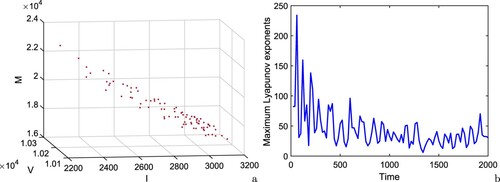Figures & data
Figure 1. Schematic diagram for systems (Equation1(1)
(1) ) and (Equation16
(16)
(16) ). Here, red colour denotes the impact of budget allocation in reducing the transmission rate by making people aware about the disease whereas blue colour stands for the utilization of budget on vaccinating the susceptible individuals; time delay involved in per-capita growth rate of budget allocation due to increase in infected individuals is represented by cyan colour.
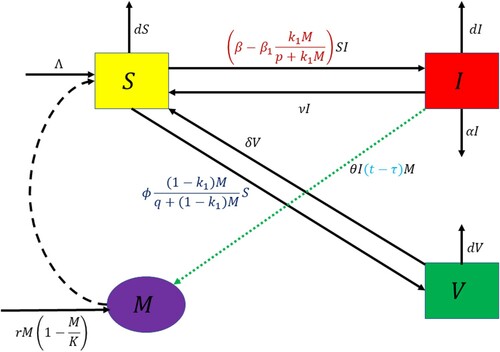
Table 1. Descriptions of parameters involved in system (Equation1(1)
(1) ).
Figure 2. Normalized forward sensitivity indices of (a) , (b)
and (c)
with respect to model parameters. Parameters are at the same values as in Table except
.
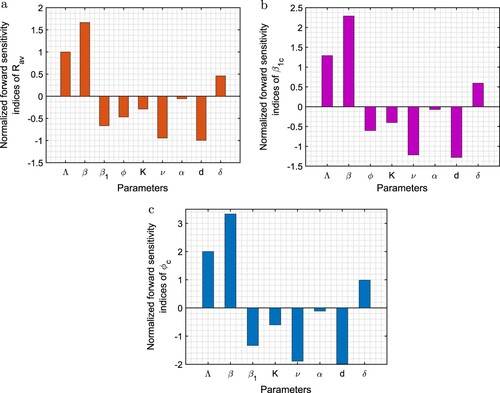
Figure 3. Semi-relative sensitivity solutions for infective population (I) and budget allocation (M) with respect to the parameters β, , ϕ and θ. Parameters are at the same values as in Table .
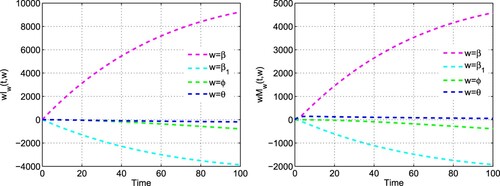
Figure 4. Contour plots of the basic reproduction number () with respect to (a)
and K, and (b) ϕ and K. The dashed blue line represents
. Rest of the parameters are at the same values as in Table .
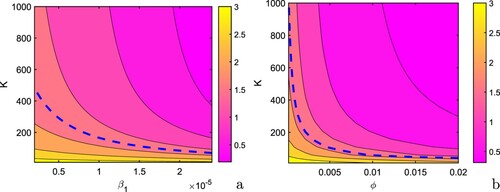
Figure 5. Contour plots of (a) with respect to ϕ and δ, and (b)
with respect to
and δ. Rest of the parameters are at the same values as in Table .

Figure 6. Surface plots of infective population (I) with respect to (a) and p, (b) ϕ and q, (c) K and δ, and (d) θ and δ. Rest of the parameters are at the same values as in Table .
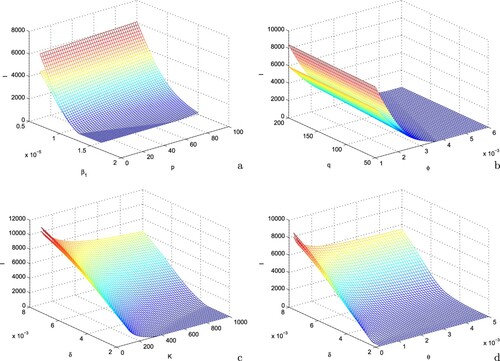
Figure 7. Effects of vaccination and awareness on the equilibrium level of infective population. Parameters are at the same values as in Table .
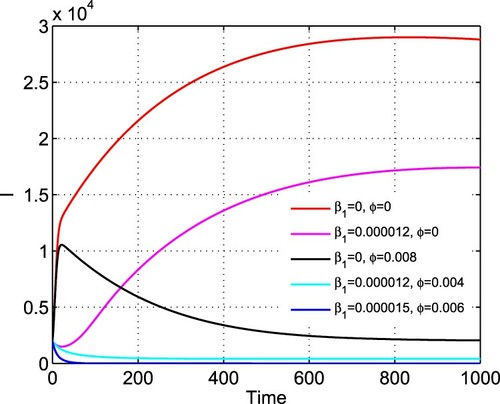
Figure 8. Variation of infected population with respect to time t for different values of
: (a) for
i.e.
and (b) for
i.e.
. Rest of the parameters are at the same values as in Table .
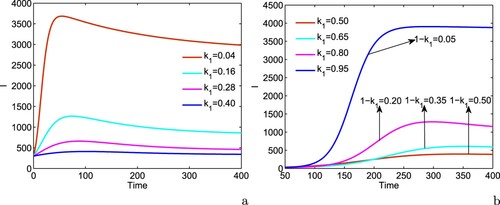
Figure 9. Forward bifurcation diagram of system (Equation2(2)
(2) ). Parameters are at the same values as in Table . Blue colour denotes stable disease-free equilibrium (
), red colour represents unstable disease-free equilibrium (
) and magenta colour stands for stable interior equilibrium (
).
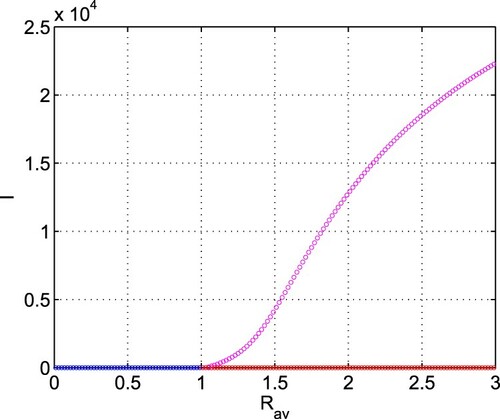
Figure 10. Global stability of the equilibrium in I−V −M space. Parameters are at the same values as in Table .
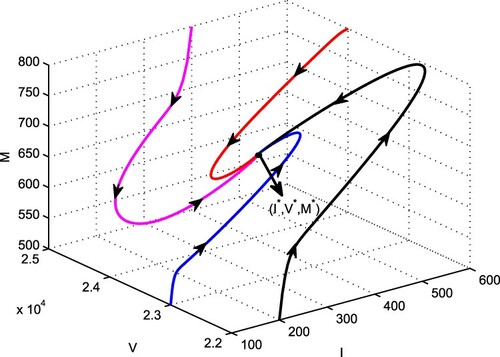
Figure 11. Bifurcation diagram of system (Equation1(1)
(1) ) with respect to θ. Rest of the parameters are at the same values as in (Equation24
(24)
(24) ). Here, red colour represents the upper limit of oscillation cycle and blue colour represents the lower limit of oscillation cycle.
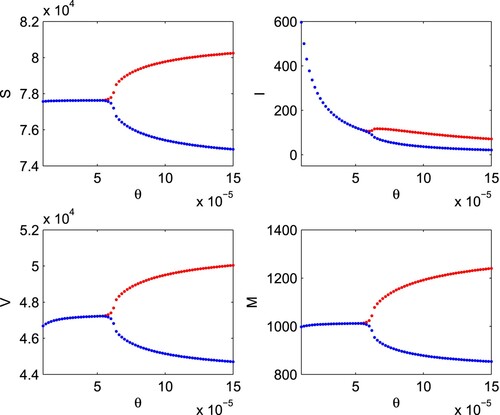
Figure 12. Bifurcation diagram of system (Equation16(16)
(16) ) with respect to τ. Rest of the parameters are at the same values as in (Equation25
(25)
(25) ). Here, blue colour represents stability of the interior equilibrium and magenta colour corresponds to instability of the interior equilibrium.
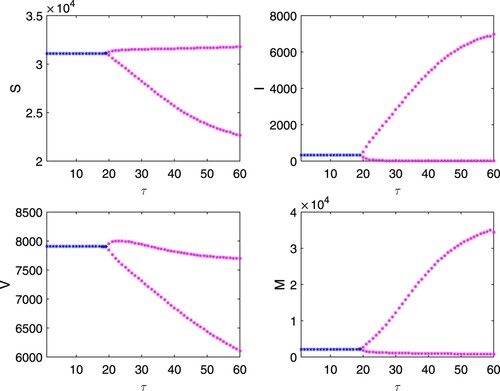
Table 2. Critical values of τ.
Figure 13. Time series of system (Equation16(16)
(16) ) for different values of τ. Systems shows (a) stable focus at
, (b) limit cycle oscillations at
, (c) stable focus at
and (d) chaotic dynamics at
. Rest of the parameters are at the same values as in (Equation25
(25)
(25) ) except
, p = 500, q = 800,
,
.
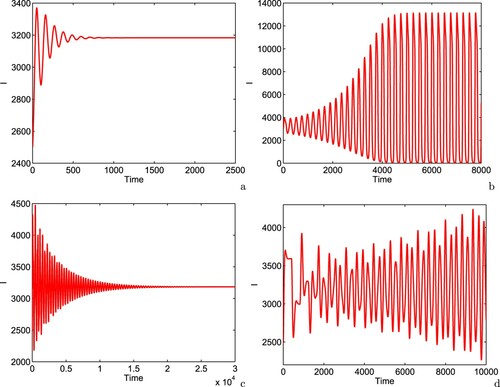
Figure 14. Bifurcation diagram of system (Equation16(16)
(16) ) with respect to τ. Rest of the parameters are at the same values as in (Equation25
(25)
(25) ) except
, p = 500, q = 800,
,
. Here, red colour represents the upper limit of oscillation cycle and blue colour represents the lower limit of oscillation cycle.

Figure 15. (a) Poincaré map of the system (Equation16(16)
(16) ) in I−V −M space at S = 20000 for
days, and (b) maximum Lyapunov exponent of the system (Equation16
(16)
(16) ) at
days. Rest of the parameters are at the same values as in (Equation25
(25)
(25) ) except
, p = 500, q = 800,
,
.
